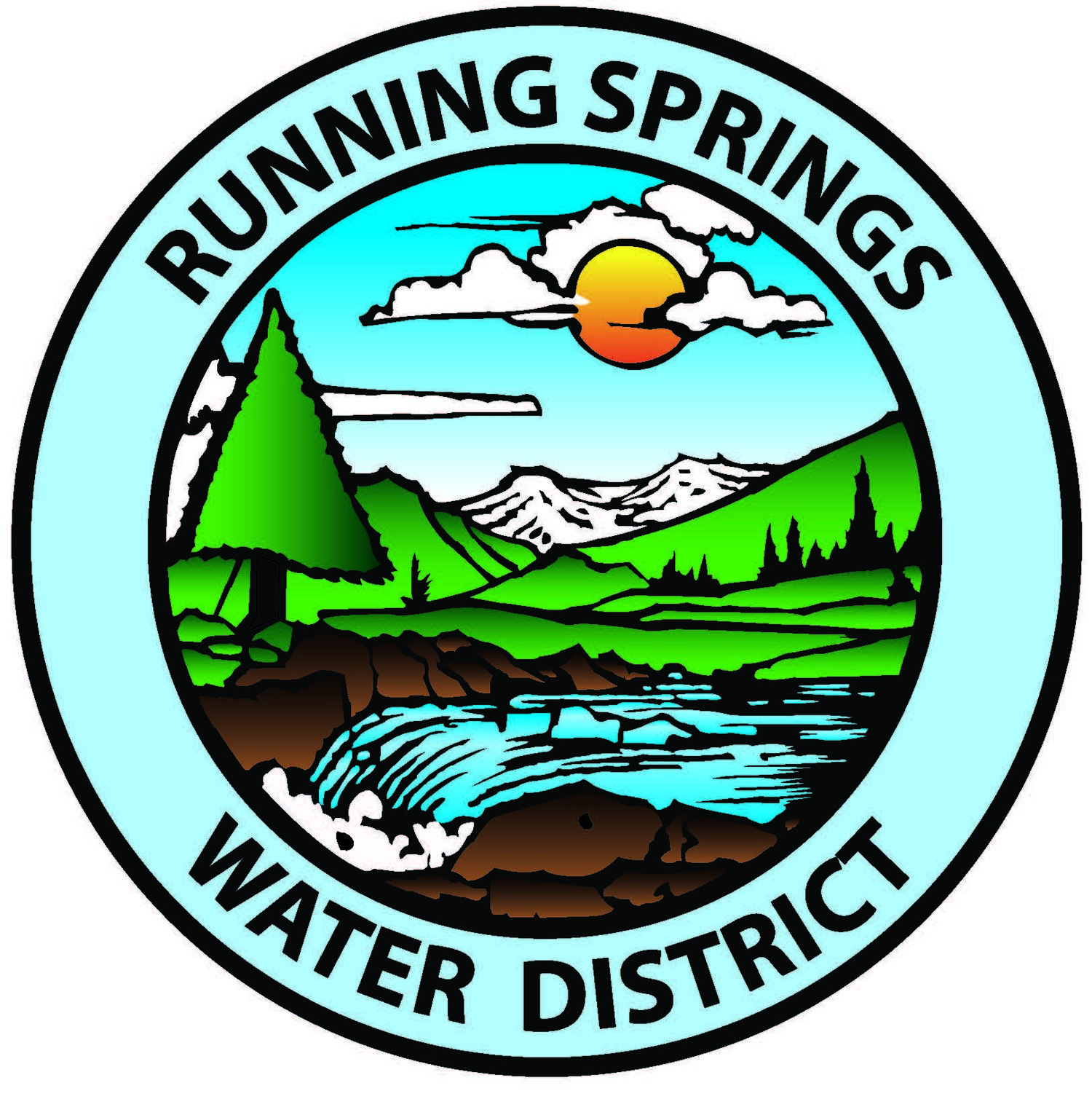Depts & Services:
District Groundwater Information
General Information
Water is one of our most valuable resources and we all need to do our part to protect it.
Groundwater lies beneath the earth’s surface. Groundwater is stored in underground rock formations, caverns and beds of sand and gravel called aquifers.
Water is then pumped out of these aquifers by wells from sources such as public utilities and/or by private well owners.
Overuse and pollution of these wells poses a serious threat to our ground water supplies.
Our nation’s largest supply of fresh water for drinking, household use, industry and farming comes from groundwater.
Protecting ground water is everyone's business because clean, plentiful ground water is an essential key to our health and way of life.
Water is necessary to sustain life. Our bodies are made up of about 2/3 water. Water is the main component in all living things. Without water, life would not be able to sustain itself and eventually all life would cease to exist.
Improper handling or disposal of chemicals and waste can pollute our fresh water sources.
Groundwater only moves a few feet per year through soil and rocks, so pollutants that get into ground water are not quickly flushed out or diluted and this could cause a delay in detection of such pollutants and may be widespread by the time this is discovered.
Once groundwater becomes polluted, it’s expensive and difficult to clean and maybe impossible to clean in some cases.
Although water can be pumped out of the natural aquifers at a faster rate, the recharge or replacement of that water naturally occurs at a much slower rate.
The Natural Water Cycle
The Natural Water Cycle for renewing water supplies is a process or endless cycle that water will pass through.
PRECIPITATION - Water vapor collects in the clouds, when the cloud gets too heavy, the water falls back to earth as rain, snow, sleet or hail.
SURFACE RUNOFF - A portion of the precipitation flows into lakes, rivers, reservoirs, etc.
INFILTRATION AND PERCOLATION - Water seeps into the ground (infiltrates) and is used by plants. The rest seeps deeper (percolates) to refill (recharge) aquifers.
WATER TABLE - This is the level below which pores and cracks in the earth are full of water (saturated).
GROUNDWATER - This is water that fills the pores and cracks in the soil and rock.
EVAPORATION AND TRANSPIRATION - The sun turns surface water into water vapor (evaporation). Plants also give off water vapor (transpiration).
WELLS - These enable utilities, homeowners, businesses and farms to pump water from an aquifer for their needs.
AQUIFERS - These are saturated zones that provide enough water for people to use.
THE DISCHARGE AREA - This is where ground water surfaces (discharges). It may empty into a stream, lake or ocean, or bubble up as a spring.
How You Can Help – Water Protection Tips
Protecting our planet’s water sources is an important job and everyone plays a critical roll in protecting it for future use.
Pollutants can come from many sources. You can help by becoming WATER WISE and performing the following tasks:
Maintain your septic system. Have the tank pumped as recommended and checked by a licensed professional.
Do not use your toilet to dispose of hazardous materials.
Do not dispose of prescription drugs into your toilets or sinks.
Never pour chemicals or paint down the sink, storm drain, or on the ground.
Please pick up and properly dispose of your pet droppings by placing in a trash container.
Limit your use of household and garden chemicals.
Use biodegradable soaps when washing your vehicle.
Take all household hazardous wastes (such as motor oil, paint, pesticides, etc.) to a hazardous waste collection center.
Sweep or use a leaf blower on your driveway or large outdoor areas and pick up debris and dispose of it in trash bins, instead of using water hoses and allowing debris to flow into storm drains.
Conserve water - Use water saving shower heads, faucets, toilets and appliances.
Fix leaks and drips promptly.
Take a short shower in place of a bath.
Turn water off while you are brushing your teeth, shaving, etc.
Only wash full loads of clothes or dishes.
Replace worn out equipment with water saving models. Install high pressure, low volume nozzles on spray washers. Equip all hoses with spring loaded shut off nozzles.
Become aware of how to properly identify possible hazards regarding ground water contamination.
Learn about ground water at the Running Springs Water District.
Get involved by joining with community efforts to protect, conserve and ensure a reliable water supply for many years to come!
